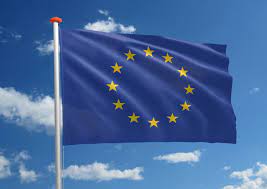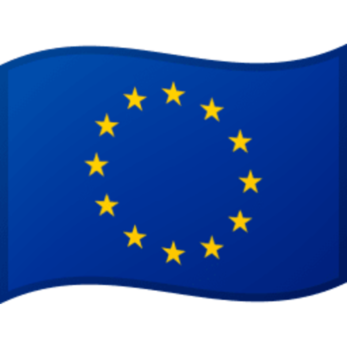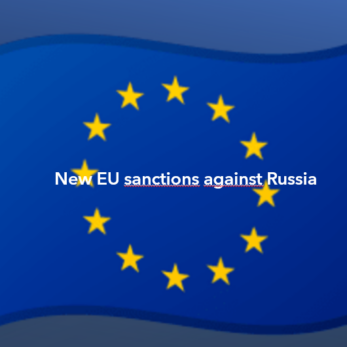In 2018 EU customs intercepted nearly 740 million EUR worth of fake goods being imported into the EU. This increase is due to a large amount of small parcels in express and postal traffic.
Detention figures for seized consignments jumped from 57.433 in 2017 to 69.354 in 2018, though the total amount of articles detained decreased compared to previous years. The street value of the 27 million articles that were found to have infringed on intellectual property rights was estimated at nearly 740 million EUR.
Pierre Moscovici, Commissioner for Economic and Financial Affairs, Taxation and Customs, said: “Customs officers across the EU have seen success in tracking down and seizing counterfeit goods that are often dangerous for consumers. Their job is made even more difficult by the rise in small packages entering the EU through online sales. Protecting the integrity of our Single Market and Customs Union, and effective enforcement of intellectual property rights in the international supply chain are also priorities. We need to continue stepping up the efforts against counterfeiting and piracy.”
A previous study has also shown that direct sales losses for EU businesses due to counterfeit goods amount to 56 billion EUR per year, corresponding to an employment loss of almost 468.000 jobs.
Adding in knock-on effects on other sectors, total sales losses amount to 92 billion EUR.
The top categories of detained articles were cigarettes, which accounted for 15% of the overall amount of detained articles, followed by toys (14%), packaging material (9%), labels, tags and stickers (9%) and clothing (8%). Products for daily personal use in the home such as body care articles, medicines, toys and electrical household goods accounted for nearly 37% of the total number of detained articles.
China continued to be the main source country for goods infringing intellectual property rights. North Macedonia was the main provenance for counterfeit alcoholic beverages. Turkey was the top source for other beverages, perfumes and cosmetics. EU customs saw a high number of fake watches, mobile phones and accessories, ink cartridges and toners, CDs/DVDs, labels, tags and stickers from Hong Kong. The main source for computer equipment was India, Cambodia for cigarettes and Bosnia and Herzegovina for packaging material.
According to estimates of the European Anti-Fraud Office (OLAF) the trade in illicit cigarettes causes losses of 10 billion EUR to EU Member States’ tax revenues. Counterfeit products can also pose an increased risk to health due to uncontrolled production processes or treatments.
Counterfeit tobacco is usually sold in packaging trying to replicate known brands but may contain more hazardous, less regulated products, which can make them more dangerous to smoke. According to the European Commission, “600 to 1400 additives are added to cigarette tobacco” to give them their unique aroma and taste. These recipes make it especially hard to spot counterfeit.
But scientists at the Commission’s Joint Research Centre announced recently that they have devised a new test which uses a near-infrared spectrometer. Within a few minutes, the spectrum of a suspicious tobacco product can then be compared with tobacco of known provenance to decide whether it is genuine or counterfeit.
The new approach can be an important tool to support law enforcement authorities such as customs and police officers in their fight against cigarette fraud by detecting illicit tobacco products entering the EU.
Sources:
https://www.euronews.com/2019/09/20/eu-customs-seized-740-million-worth-of-fake-goods-in-2018
https://ec.europa.eu/jrc/en/news/new-method-detect-fake-cigarettes
https://ec.europa.eu/commission/presscorner/detail/en/IP_19_5581


